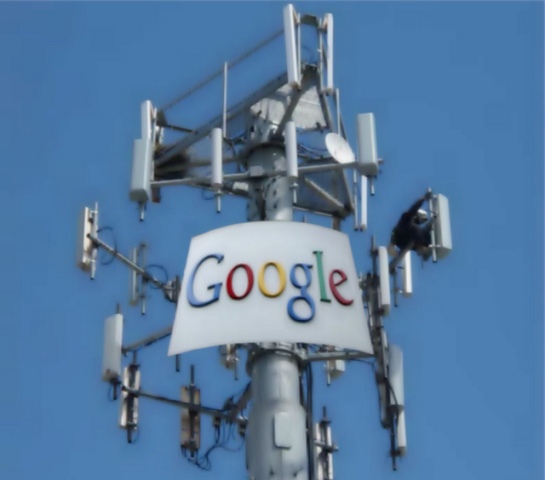Google is entrenched in almost all sorts of technology there is, from search to cloud. Well, except telecommunications. Now the Mountain View giant is making headway in that direction.
We’ve been hearing reports about Google installing fiber-optics in various cities in the United States, confirming what many believe is the initial step of the company’s plan to build its own telecom network. Recently, Google also brought high-speed Internet to more than 18 cities in the U.S., plus announced the development and testing of a modular phone.

If the initiative sees its ultimate completion, Google will surely come clashing with existing industry giants such as Verizon, AT&T, and others. But since Google does not directly generate its revenues from the users of Internet services, but from data, it holds a far greater edge than the big Internet providers because it will then be able to reduce costs for subscribers of its telecom business.
And that is only one of the indications that Google is serious in its venture into the telecom industry and that its success is guaranteed. Not only will Google be a fierce competitor, it could even hold sway on the regulatory aspect of telecom. A force to reckon with in this sector.
The plan is for Google to partner with Sprint and T-Mobile. Under said agreement, Google will re-distribute the services of those networks under Google’s own brand. In other words, it will buy license into Sprint and T-Mobile’s networks.
Also, the alliance will allow Google users to select between the two networks, depending on which one works better for them. At the same time, the search giant will allow its users to make voice calls through WiFi connectivity. All of these add value to customers in ways that no other single service provider can probably offer. The WiFi-enabled call is even enough to shake the industry in a major way because the cost involved in it is relatively negligible, undercutting the expensive offerings of wireless carriers.
And it’s not hard to tell how Google will provide voice service in places where there’s no WiFi. That is what Google Fiber is for, to provide public connection. This probably explains why Google has long been working on the fiber-optics network that has now reached a number of states.
Google’s plan also benefits clients. With the addition of the company to the roster of telecom providers, the competition will become more tough, and services among different providers will improve as a consequence.
Disclosure: We might earn commission from qualifying purchases. The commission help keep the rest of my content free, so thank you!



